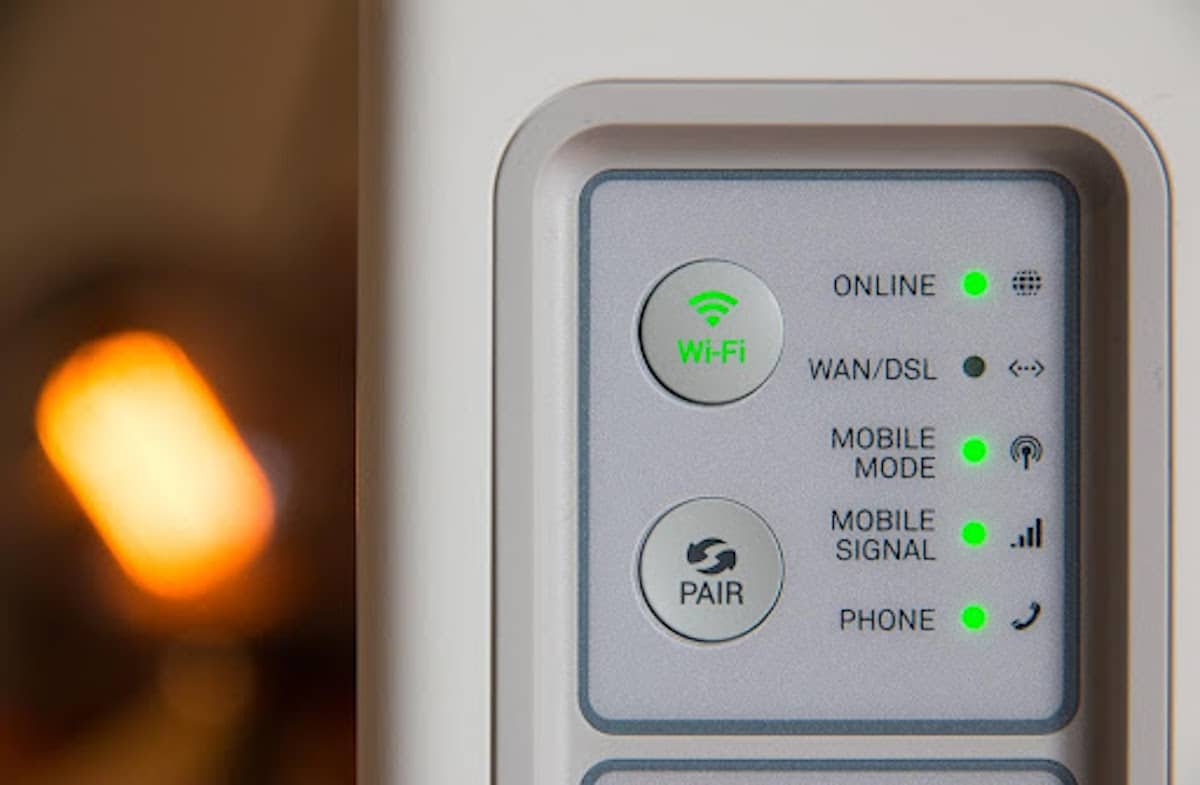Table of Contents
Nowadays, on average, every household has five to six devices connected to the internet simultaneously. This causes every household to have its home network. A home network is created when a group of devices is connected to the internet and each other. These devices usually include computers, smartphones, laptops, gaming consoles, smart TVs, entertainment systems, and more.
As you know that everything connected to the internet nowadays is vulnerable to some form of online threat, that is the reason a secure home network is as equally important as having a home network in the first place.
Suppose you are not protecting your home network and its internet traffic. In that case, hackers can easily intercept your connection and data and induce malware, trojans, and bugs into your devices and network. The obtained information can also carry out severe cybercrimes such as identity theft.
Are you scared? Don’t be. Using something as simple as a virtual private network lets you easily convert your home network into a secure and encrypted home network. However, don’t be fooled by all those free virtual private networks available in the market.
Instead, research properly and use the best-rated VPNs by VPNRanks only to keep your home network internet traffic private and secure.
However, virtual private networks may not be everyone’s cup of tea. That is why in today’s article, we have decided to bring you some of the best methods to keep your entire home network secure and protected from malicious individuals and their schemes.
Router’s password
Almost all wireless routers have a preconfigured username and password to access the router’s interface.
The password is usually pretty simple, and hackers can easily guess them depending on the manufacturer. Therefore, it is highly recommended that you change your router’s password to something complex and difficult to crack.
You can access the router’s interface by entering the IP address listed at the back of the router directly on the browser.
A strong password is usually 12 characters and consists of complex combinations of upper case letters, lower case letters, numbers, and special characters.
Wi-Fi encryption
Encryption is the most important element of securing any network traffic. Most routers have a built-in encryption feature, but it is disabled by default.
Ensuring that your router’s encryption settings are enabled can easily help you secure your network and the internet traffic that passes through your devices.
Four Wi-Fi protection systems are currently used to encrypt internet traffic transmission between the devices and destination.
They are:
- Wired Equivalent Privacy (WEP)
- Wi-Fi Protected Access (WPA)
- Wi-Fi Protected Access 2 (WPA 2)
- Wi-Fi Protected Access 3 (WPA 3)
- WPA 2 and WPA 3 are better and more secure options since they are the most recent/newer security protocols.
Using a firewall for security
A firewall set up on the home network will work as a barrier that will keep the potential hackers and other entities with ill intent from entering into your network and devices.
Most of the routers come with preconfigured firewalls. Make sure that your router firewall is always enabled. If your router does not have one, you can install firewall software on your devices separately.
Turning the network off when not in use
Whenever you are not using your home network, it is suggested that you turn off the home network. This is one of the easiest ways to protect your network from intruders.
As well as reducing security risks, unplugging the router when you’re not there also prevents it from being damaged by power surges.
Disabling the remote access feature of the router
Many routers offer features to access them from outside your home remotely. If your router has such a feature, it’s better to keep it disabled. This will ultimately reduce the risk of people remotely accessing your router and meddling with it.
To disable this feature, log into your router interface and look for the “Remote Access,” ”Remote Administration,” or “Remote Management” feature and make sure they are disabled.
Router’s position
If possible, try to set your router in the middle of the house. This position will help the router evenly distribute the network signals. Also, avoid placing your router near the windows or doors as those positions will benefit the hackers.
Routers radiate signals horizontally and vertically. If you have a double-story house, then placing the router on a higher level will ensure that the signals are equally distributed in both directions.
Using a virtual private network
It is no secret that using a virtual private network is one of the most reliable and effective ways for getting stronger, robust, and reliable security on the internet.
Virtual private networks offer military-grade encryption for your internet traffic so that no one can intercept or decode your internet traffic.
A VPN is the most recommended way to encrypt the information you send online. The tool turns all the personal information such as online shopping payment details into a code or secret message. Thus, if an intruder attempts to spy on you, they will only be able to see the code and won’t be able to interpret it.
Even if your router’s encryption is compromised, the VPN’s encryption can’t be.
Final Thoughts
So there you have it. Those are some of the ways by which you can keep your home network and its traffic safe and secure.
A secure home network is certainly an essential aspect of internet safety. If not, hackers can easily exploit vulnerable networks and carry out a variety of cybercrimes like installing malware, performing data and identity theft or creating botnets.
However, the guide walked you through the essential steps, tips and ways you can use to secure your home network that will ultimately help you as well as your family to use the internet safely.
But remember, the provided list is not the end. There are plenty of other methods, techniques, and tools that can further help you strengthen the security of your home network.


